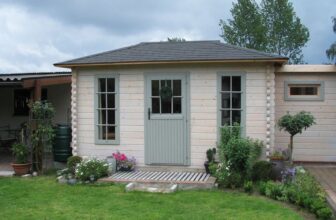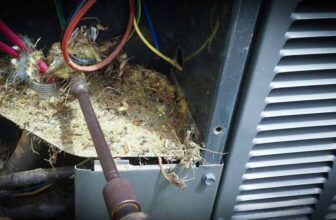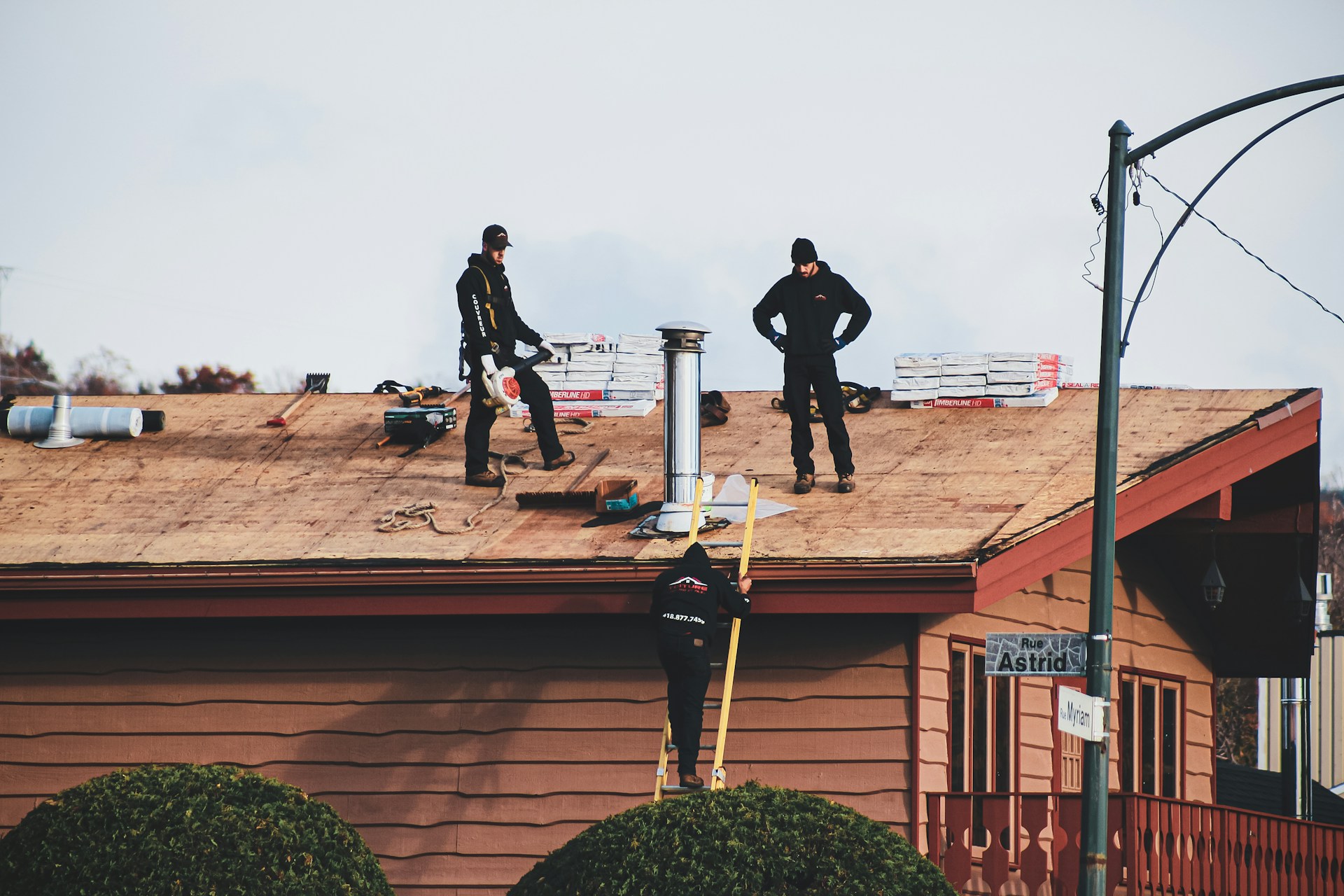
Maintaining the integrity of a commercial roof is essential to the safety and longevity of any business facility. The weather, regular wear and tear, and other environmental factors can take a toll on even the sturdiest roofs, leading to potential damage and costly repairs. However, business owners and facility managers can implement strategies to minimize the need for extensive roof repairs. Proactive maintenance and regular inspections are key factors in prolonging a roof’s life and ensuring it continues to protect the assets within the building.
Understanding the common issues that can plague commercial roofs is the first step toward prevention. These issues can range from leaks and moisture intrusion to compromised structural integrity due to inadequate insulation or ventilation. Such problems are not only inconvenient but can also result in significant repair expenses if not addressed promptly. Through early detection and routine maintenance, the impact of these common challenges can be substantially reduced, thus avoiding more severe damage and extending the roof’s lifespan.
Implementing a well-structured maintenance plan is vital for any commercial roofing system.
This plan should include scheduled inspections, timely cleaning of debris, and immediate repair of minor issues before they escalate. With a focus on preventative care, businesses can greatly reduce the frequency and severity of roofing problems. This approach not only preserves the condition of the roof but also provides peace of mind for the business owners, knowing that their investment is well-guarded against avoidable decay and the elements.
Table of Contents
Understanding Commercial Roofing Systems
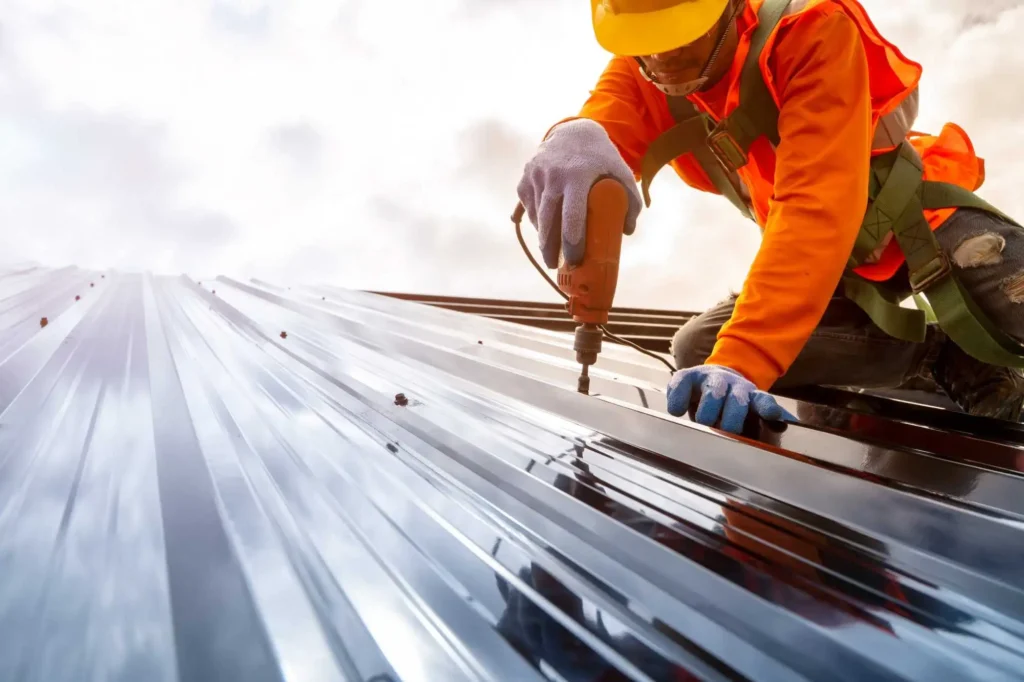
Source: hproofingpro.com
Effective management of commercial roof repairs begins with a sound understanding of the roofing systems themselves, including their types and common points of failure.
Types of Commercial Roofs
Commercial roofs come primarily in two types: flat and pitched. Flat roofs are common in commercial properties and include systems such as:
- Built-Up Roofing (BUR): Layers of tar and gravel.
- Single-Ply Membrane Roofing: Sheets of rubber or other synthetics that can be ballasted, mechanically fastened, or chemically adhered to insulation creating a layer on top of a commercial building.
- Spray Polyurethane Foam (SPF): A material sprayed as a liquid that expands into foam, creating a solid layer across an existing roof.
Pitched roofs are less common but can include:
- Metal Roofing: Known for durability and longevity.
- Asphalt Shingles: Common for smaller or residential-style commercial buildings.
Common Vulnerabilities
- Flat Roof Vulnerabilities:
Membrane Issues: Such as punctures, tears, and blisters.
Standing Water: Due to inadequate drainage, leading to leaks and structural damage.
Flashing and Edge Details: These areas can peel or lift, causing leaks.
- Pitched Roof Vulnerabilities:
Damaged Shingles or Panels: From weather or mechanical damage.
Inadequate Ventilation: Leading to moisture buildup and roof deterioration.
Faulty Flashing: Around protrusions like vents and chimneys, which can lead to leaks.
Regular Maintenance and Inspections
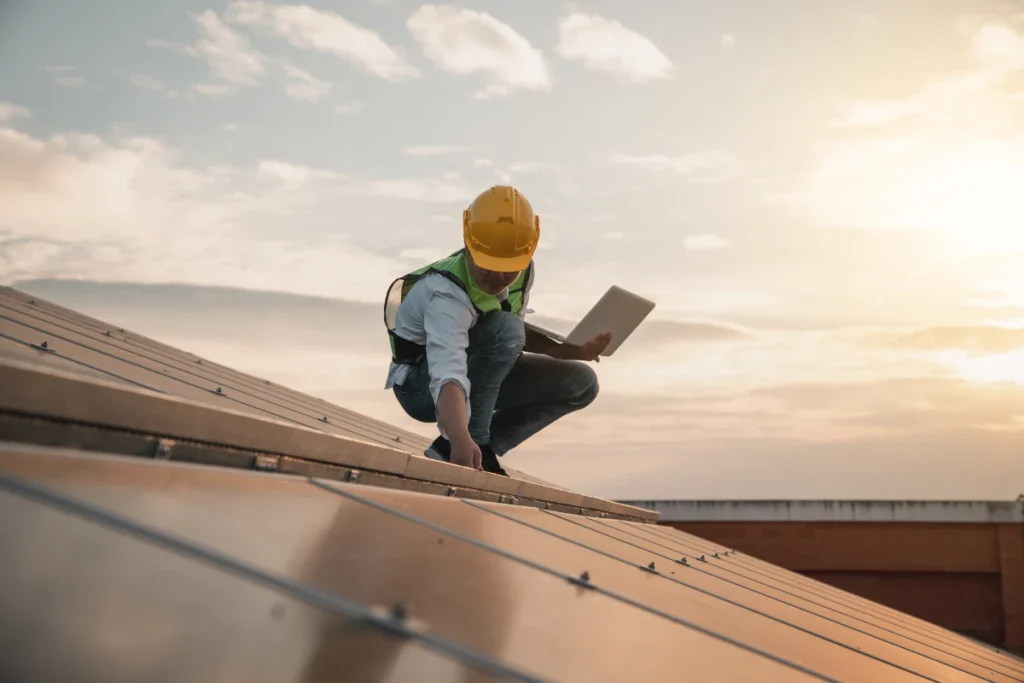
Source: strongholdroofing.com
To ensure longevity and durability, it is crucial for commercial roofs to undergo regular maintenance and inspections. These preventative measures help to identify and address minor issues before they escalate into major problems, potentially saving significant costs on repairs.
Scheduling Professional Inspections
Professional roof inspections should be conducted at least twice a year. Ideally, inspections are scheduled after severe weather events and during the spring and fall seasons. A comprehensive inspection involves:
- Structural Inspection: Checks for uneven roof planes and signs of sagging.
- Material Inspection: Looks for loose, missing, or damaged shingles or membranes.
- Interior Inspection: Examines the attic for leaks, insulation issues, and proper ventilation.
- Workmanship Inspection: Assesses the quality and condition of previous repair work.
Performing Routine Maintenance
Routine maintenance includes tasks that property managers or maintenance teams can perform regularly:
- Debris Removal: Ensure the roof and gutters are free of debris to prevent blockages and water pooling.
- Surface Check: Inspect the roof surface for signs of wear, such as blisters, cracks, or splits.
- Drainage Systems: Clear and check the performance of drainage paths to avoid water damage.
Addressing Repairs Promptly
To ensure the longevity of a commercial roof, it is crucial to address repair needs as soon as they are identified. Quick action can prevent small issues from escalating into larger, more
Identifying Signs of Damage
Roof damage can manifest in various forms. Building owners should look for:
- Water Stains: Indicate potential leaks. Yellow-brown stains on ceilings or walls suggest moisture penetration.
- Blisters or Bubbles: These are signs of trapped moisture within the roof material or a breakdown of the roof membrane.
- Loose Material: Flashing or tiles that have come loose can expose the roof to further damage.
- Standing Water: Known as ponding, this can lead to added stress and potential leaks.
Immediate Action on Minor Repairs
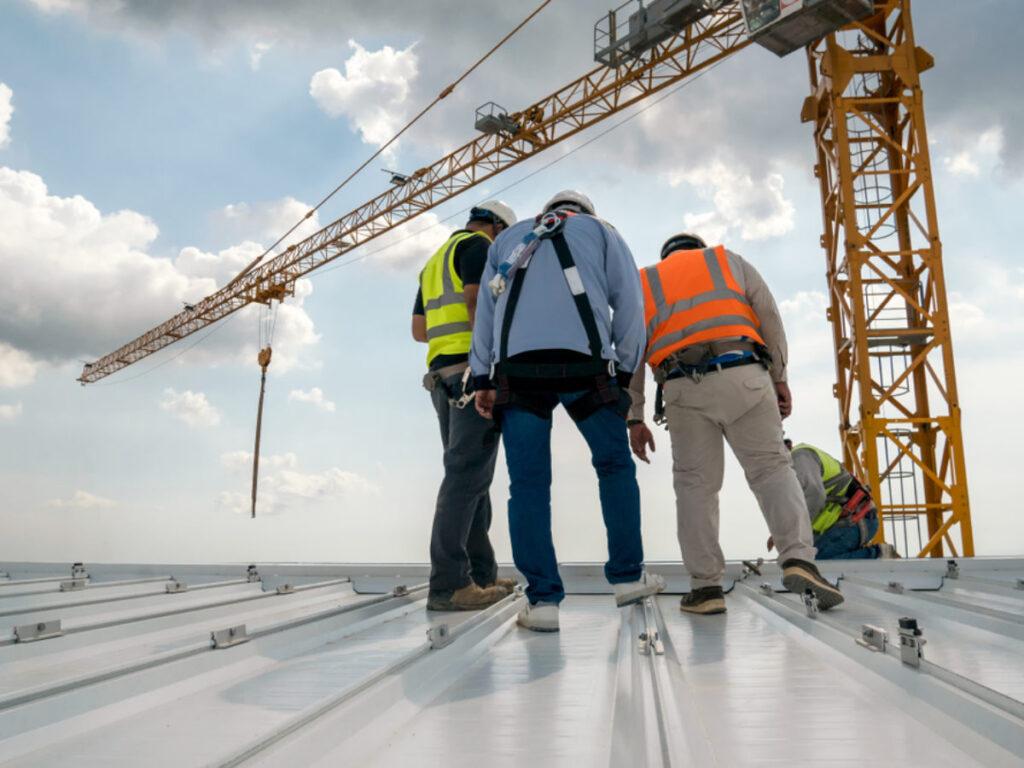
Source: glicksexteriors.com
Addressing minor repairs immediately can prevent them from becoming major concerns. Roof maintenance contracts with professional services are advisable to handle these repairs promptly and efficiently. Actions include:
- Sealing Leaks: Applying roof sealant to small leaks as a temporary fix before professional repair.
- Replacing Flashing: If flashing is loose or damaged, it should be replaced to maintain a watertight seal.
- Clearing Debris: Regularly removing debris such as leaves, branches, and trash to prevent water buildup and rot.
Investing in Quality Materials
When it comes to commercial roofing, selecting high-grade materials can notably reduce the frequency and cost of repairs over the lifespan of the roof.
Choosing the Right Materials
Materials chosen for roofing should suit the specific climatic conditions and physical demands of the building’s location. For flat roofs, thermoplastic polyolefin (TPO) and ethylene propylene diene monomer (EPDM) are durable options, offering strong resistance to ultraviolet light and ozone. Metal materials such as aluminum or steel, which are known for their longevity and wind resistance, can be ideal for sloped roofs in areas prone to severe weather. Roofing materials must adhere to local building codes and standards, which are designed to ensure safety and durability.
- For High Heat: Choose reflective coatings and materials like TPO to mitigate heat absorption.
- For Heavy Rainfall: Opt for materials like EPDM with seamless finishes that prevent leaks.
- For High Winds: Select metal or other heavy-duty materials able to withstand uplift and debris impact.
Long-term Cost Savings
Investing in quality materials for commercial roofing may incur a higher initial expenditure, however, it leads to considerable savings in the long run. High-quality materials typically have a longer lifespan, reducing the need for premature replacement. The durability of premium materials often means fewer repairs and less maintenance. Furthermore, materials that offer better insulation can lower energy costs by maintaining interior temperature levels more efficiently.
Professional Installation and Workmanship
To ensure the longevity of a commercial roof, significant emphasis should be placed on the quality of installation and workmanship. High-caliber work at this stage can prevent frequent repairs and extend the roof’s lifespan.
Hiring Certified Contractors
- Credentials: Seek contractors with certifications from industry-recognized bodies, like the National Roofing Contractors Association (NRCA).
- Experience: Opt for professionals with a proven track record, and verify through references and case studies.
When selecting a roofing contractor from a Northern KY commercial roofing company, one should prioritize those who have obtained certifications from reputable industry organizations. Certifications are a testament to a contractor’s commitment to quality, ongoing training, and adherence to industry standards. Furthermore, experienced contractors are likely to possess the knowledge and skills necessary to handle complex roofing projects effectively.
Ensuring Proper Installation Techniques
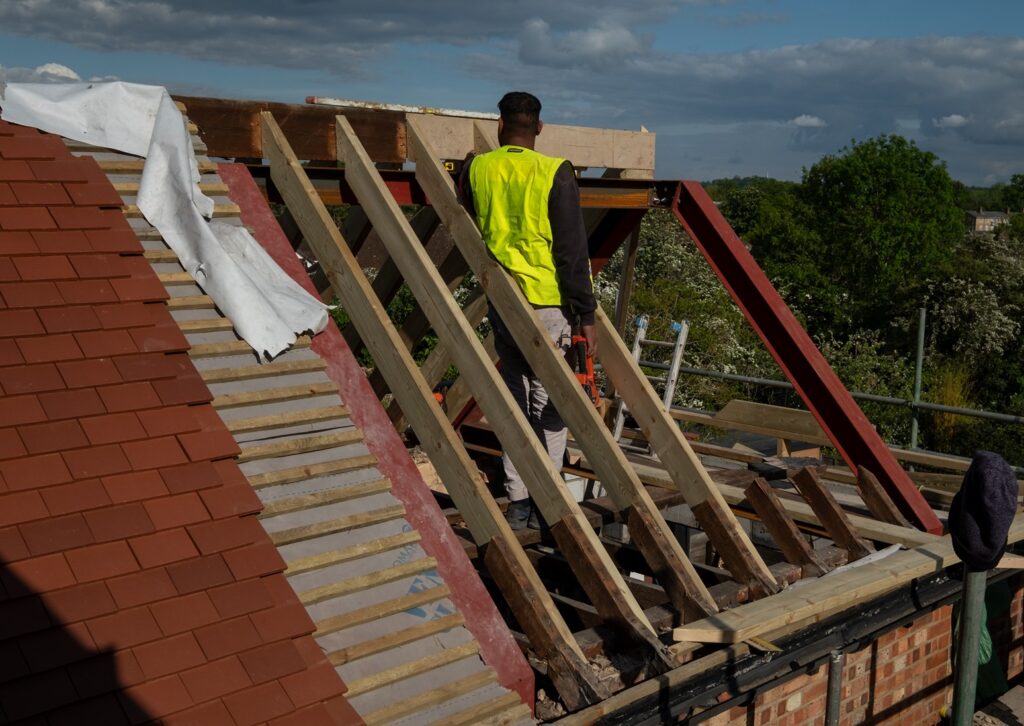
Source: banksroofingltd.co.uk
- Manufacturer’s Guidelines: Follow the roofing material manufacturer’s installation instructions precisely to prevent voiding warranties.
- Inspection and Supervision: Regular quality checks during the installation process help in detecting errors early on.
Adherence to the manufacturer’s guidelines is essential during the installation process. This ensures that the roofing system is installed correctly and remains eligible for any available warranties. Additionally, ongoing inspection and supervision by experienced supervisors can quickly identify and rectify any installation issues, which is crucial for maintaining high standards of workmanship.




